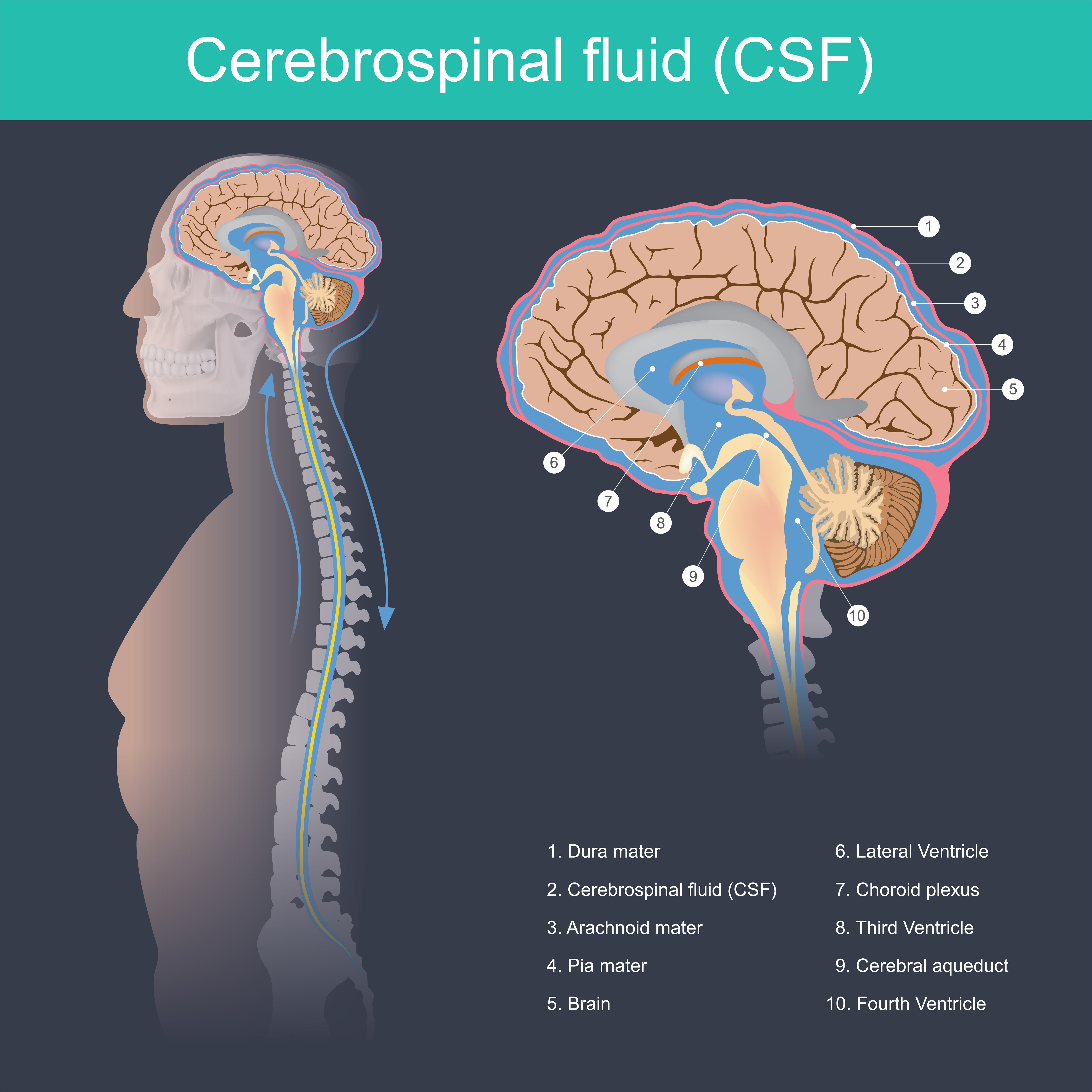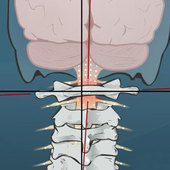
With an increasing amount of research coming out on neurodegenerative diseases, brain health has become a very hot topic. However, when it comes to brain health, many people are focused on a magic ingredient – whether it be food, vitamins, or supplements – that they can take to boost their brain function. While ensuring your body has the appropriate nutritional building blocks it needs for growth, repair, and proper functioning is important, understanding how your body works can help you hack into its natural functions by incorporating simple daily activities to support your brain.
I have talked about the importance of cerebral spinal fluid (CSF) in previous articles (Your Brain’s Sewage System, Clear Out Your Brain’s Cobwebs), and now we will look at ways to influence CSF flow to improve our clarity of thinking and optimize brain health.
Quick CSF Facts:
- CSF surrounds your brain and spinal cord and is responsible for delivering nutrients and removing wastes.
- Approximately 500 mL (2 cups) of CSF are produced and recycled every day.
- Approximately 130 mL of CSF surrounds your brain and spinal cord at any given time.
- Both the cardiac and respiratory systems create cycles of internal pressure changes that help pump CSF around your brain and spinal cord.
CSF and Brain Health
The movement of CSF through and around the brain and spinal cord is critical for maintaining an optimal functioning environment for your brain cells (neurons). As CSF flow slows down, a build-up of metabolic waste products can increase the risk of neuroinflammation and alter the functioning of your brain. Research studies are currently examining the link between stagnation (decreased CSF flow) with poor aging.
How can I improve my CSF flow?
Of the two systems that contribute to the pumping of CSF, breathing (the respiratory system) has been found to be the major contributor to the regular flow of CSF around the brain and spinal cord. Deep breathing in particular creates the greatest pressure gradient and has the largest effect on CSF flow. Activities that promote deep breathing such as yoga, meditation, and light exercise (walking), may positively influence CSF flow. Have you ever felt a clarity of mind after leaving a yoga class or returning from a walk?
One thing that all of these deep-breathing activities have in common is their ability to reduce the stress response (sympathetic nervous system). When we are in a high-stress state, our breathing becomes quick and shallow. By allowing us to increase our parasympathetic tone (rest and relax response), our breathing slows down and becomes deeper. With each inhale we take, CSF is pumped up and around our brain.
Posture and CSF flow – how are they related?
In addition to the positive effects of breathing from these types of exercises, stretching, gentle movement (such as walking), and various yoga postures can also help promote better postural stability. Proper alignment of the head and spine is critical to allow for the smooth flow of CSF around the central nervous system. Our NUCCA doctors help evaluate and reduce mechanical stress in the upper neck that may create impedance to this flow.
Incorporating activities that support your body’s natural functions can help to optimize your brain health and overall wellness. Challenge yourself to walk, stretch, and practice deep breathing every day and see how your clarity of mind and energy changes. Talk with one of our NUCCA doctors to help get you started in moving towards better brain health!
Dr. Michelle Speranza
NUCCA Chiropractor
The Vital Posture™ Clinic
Calgary, Canada



